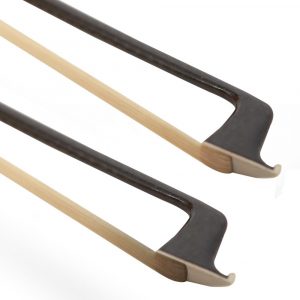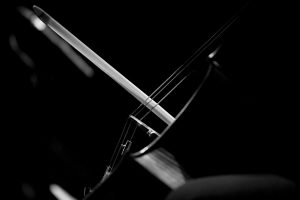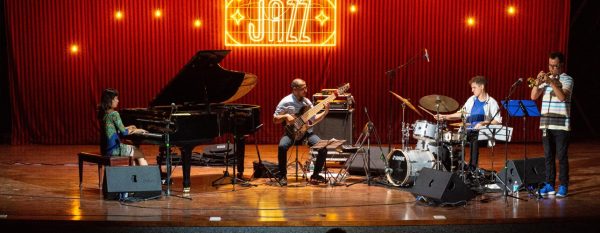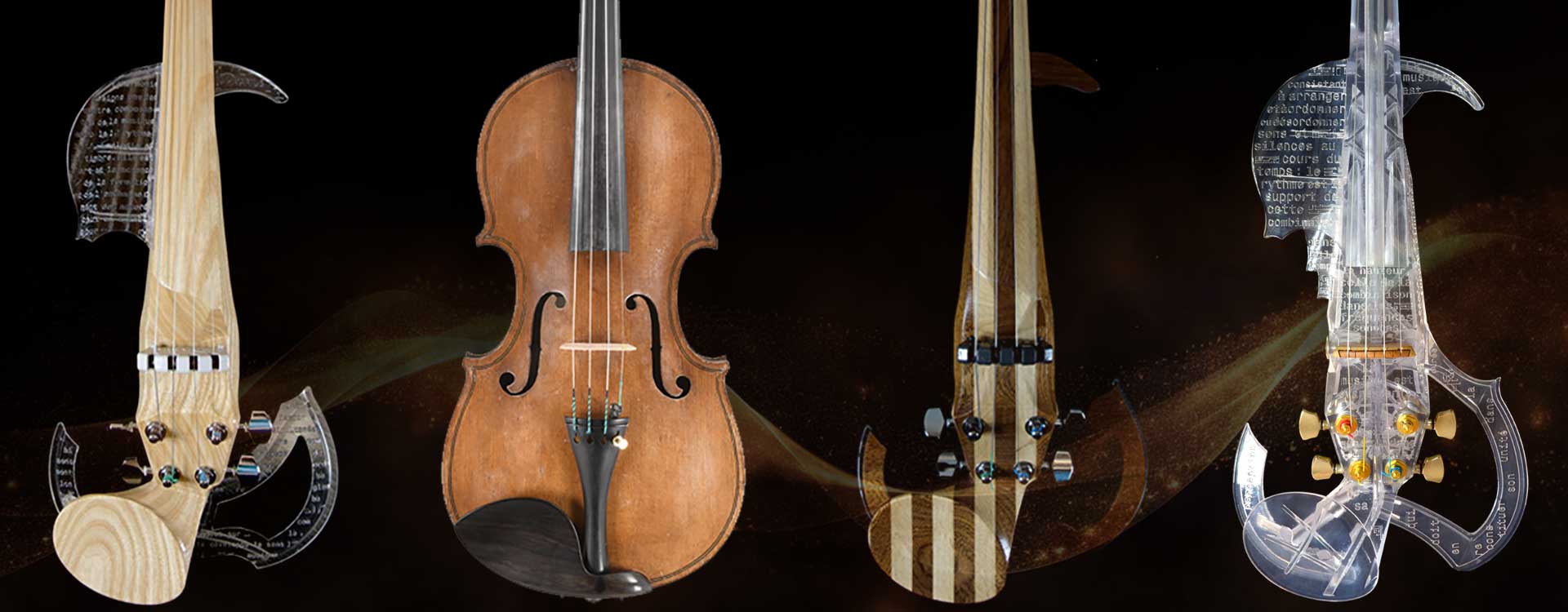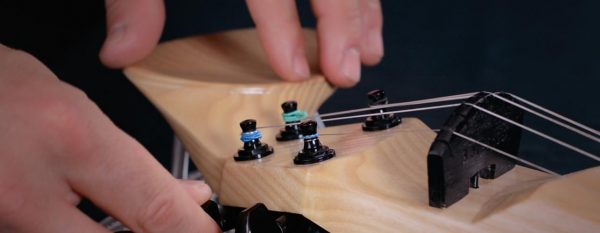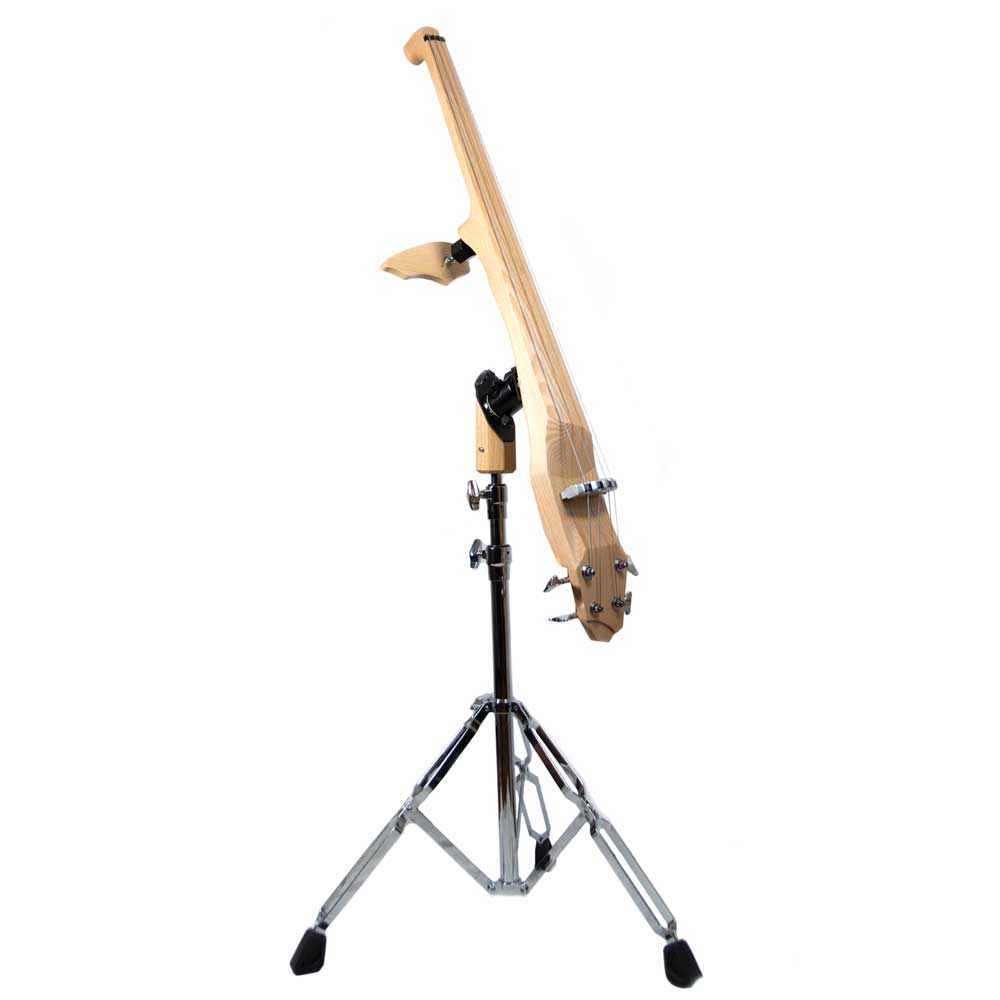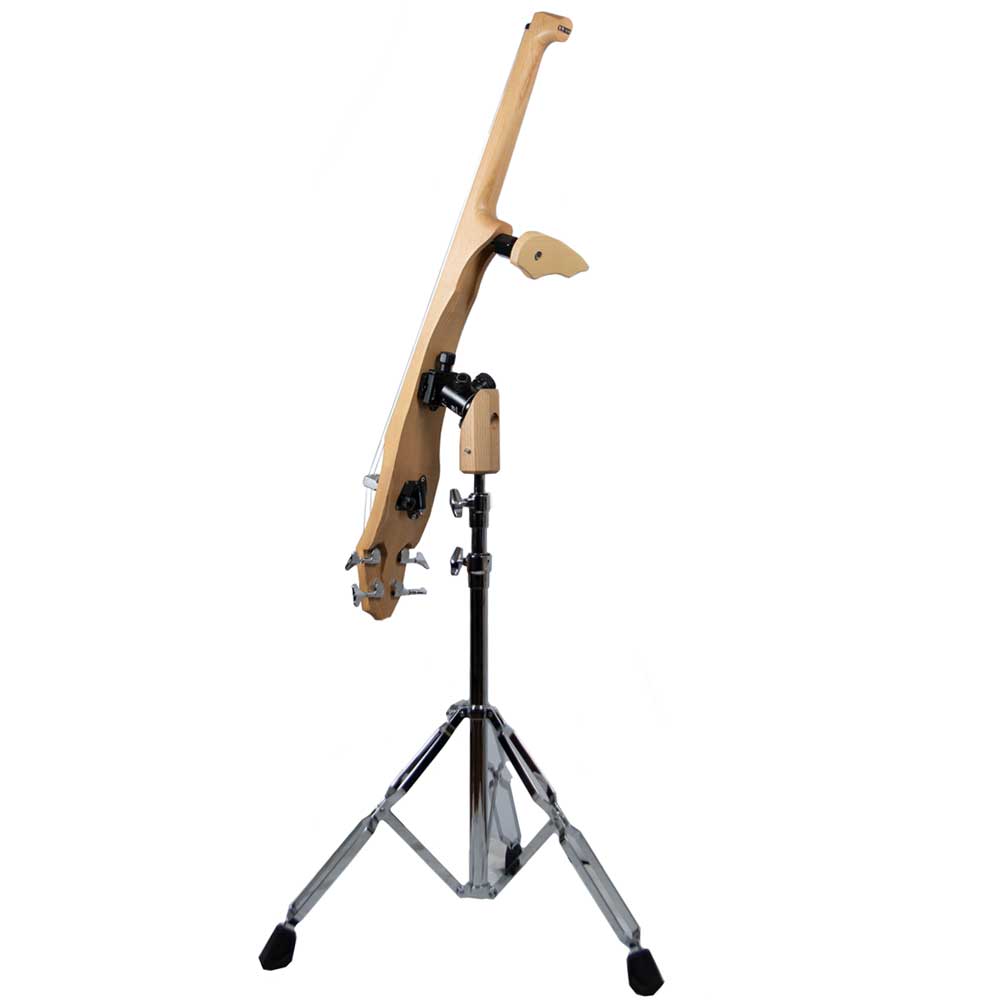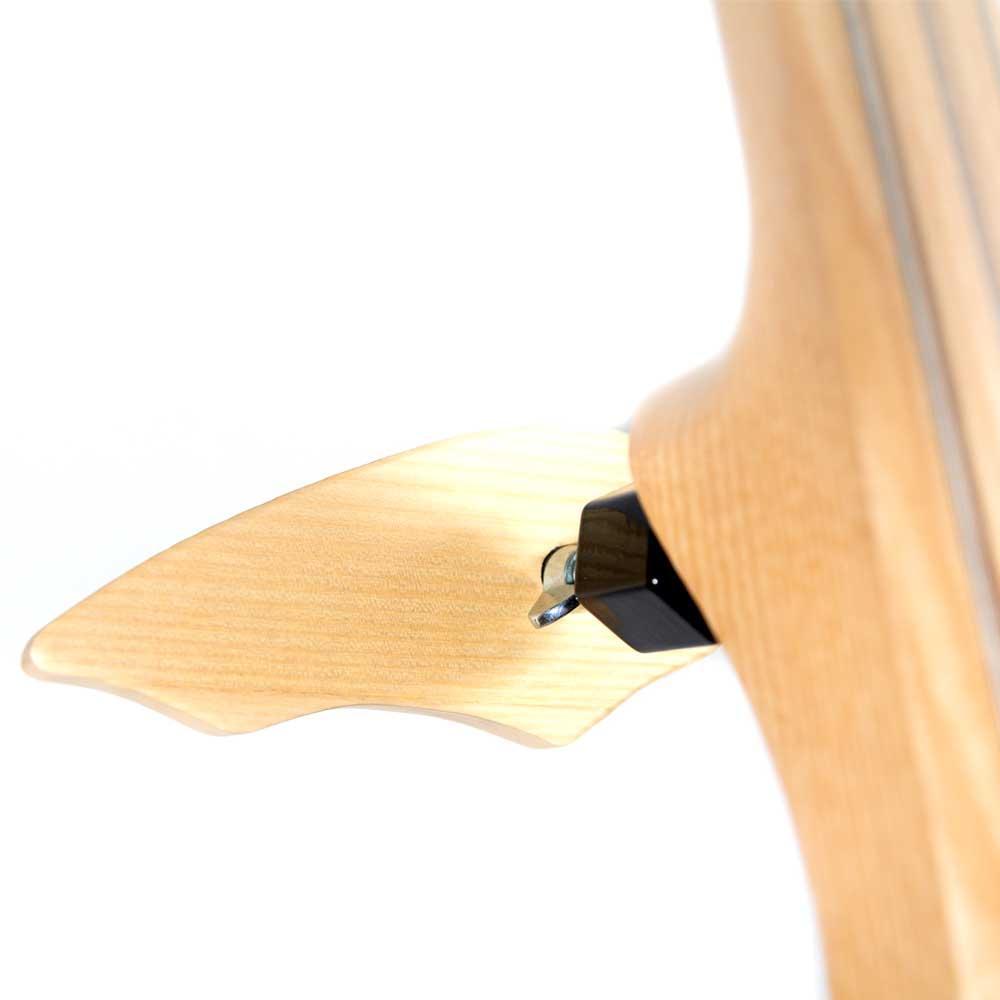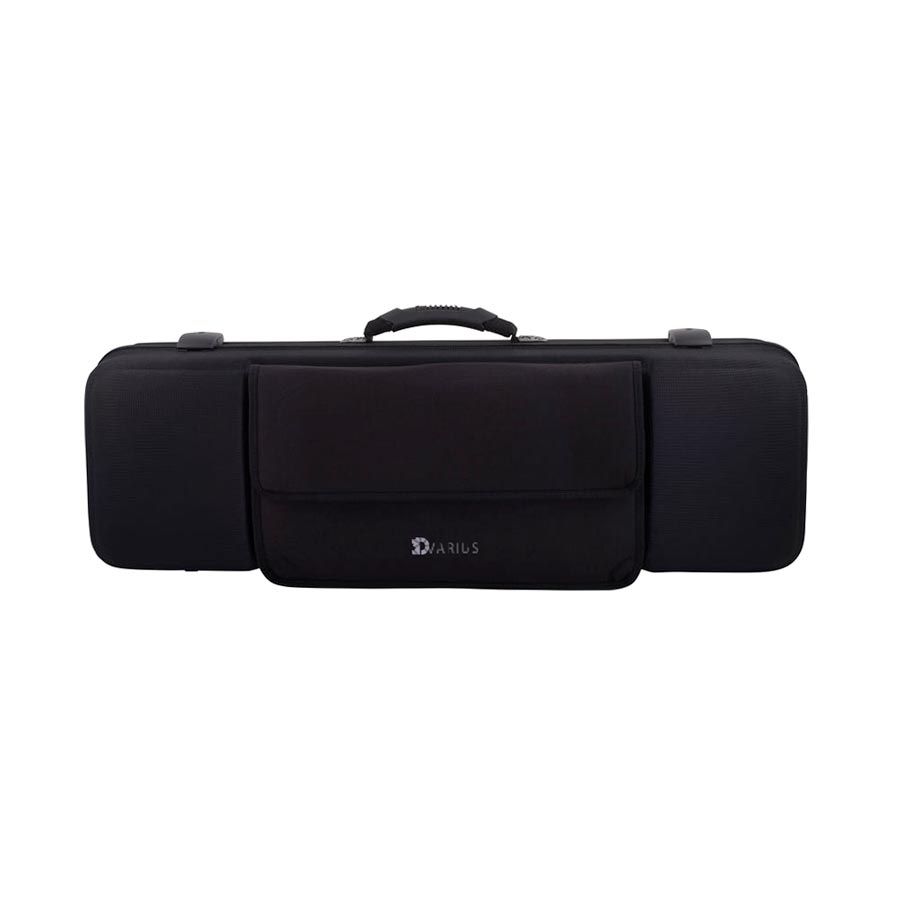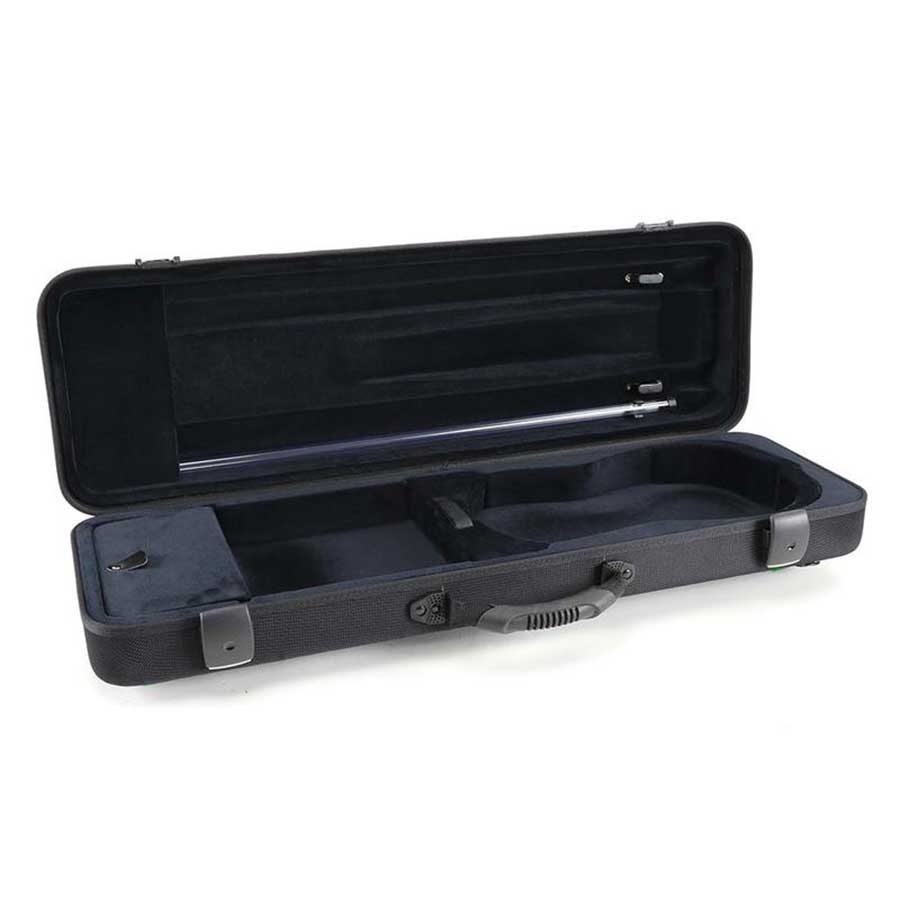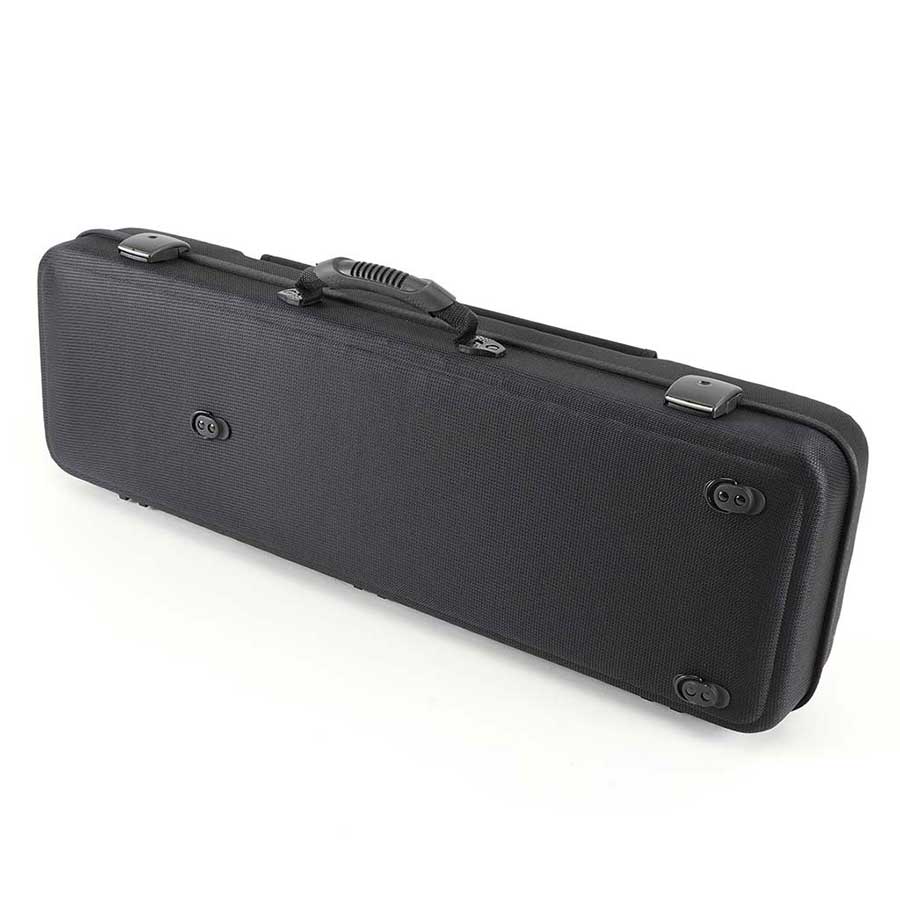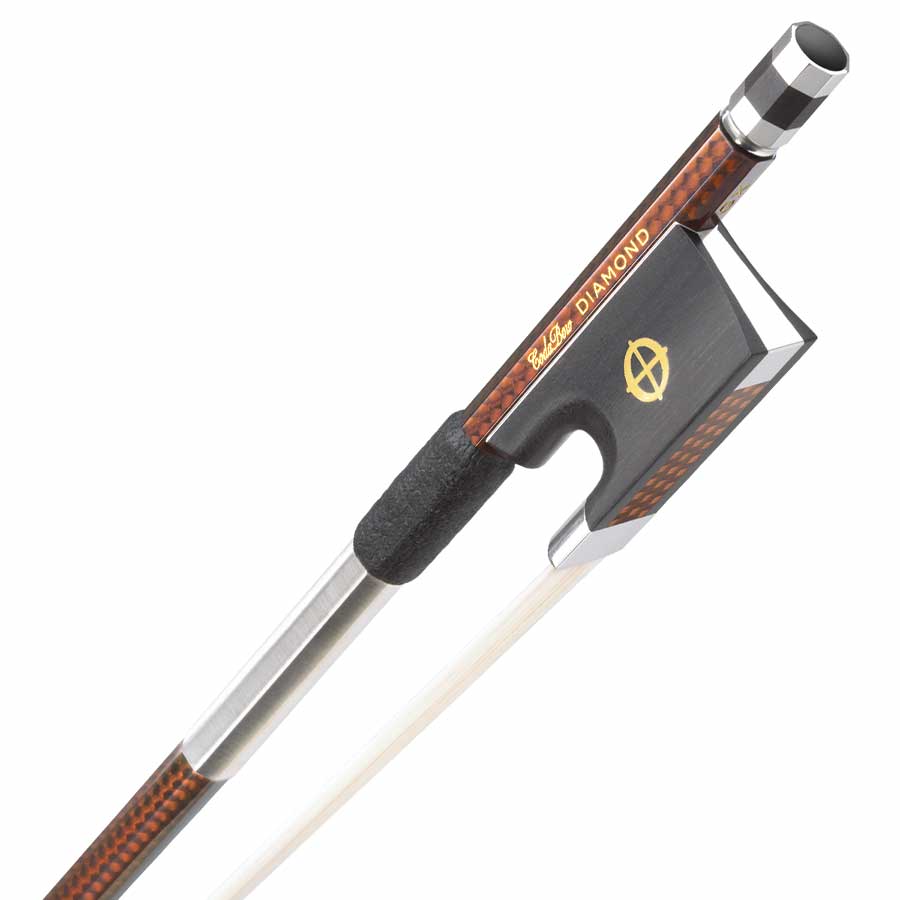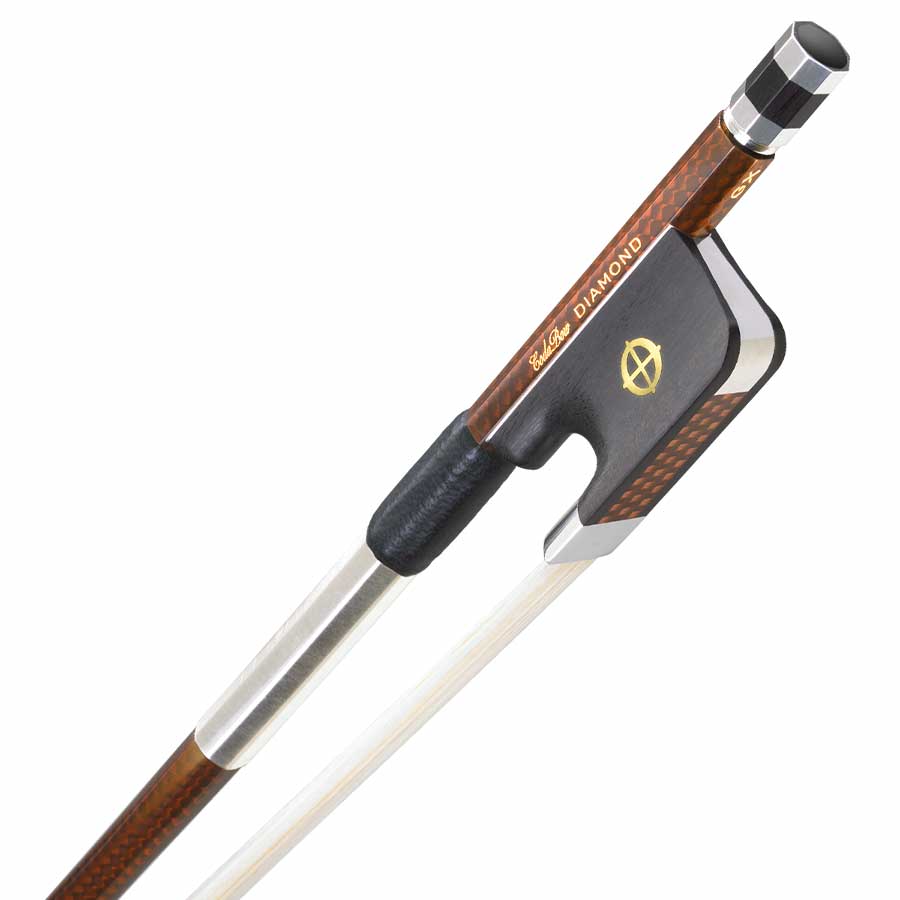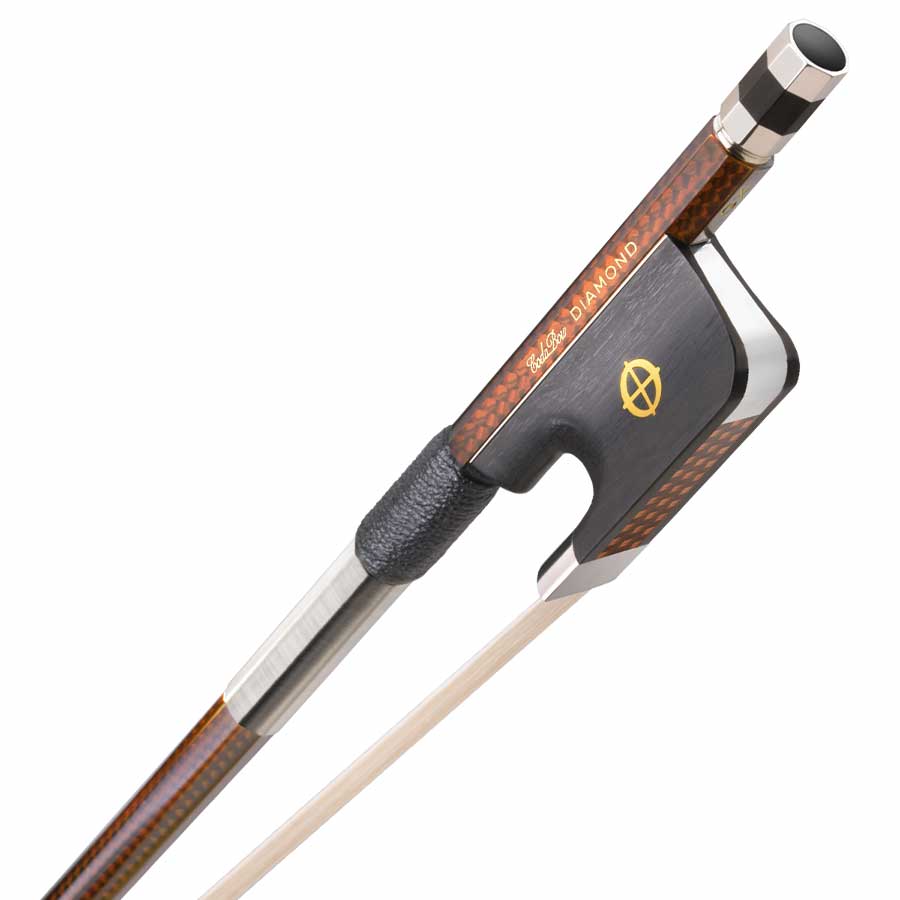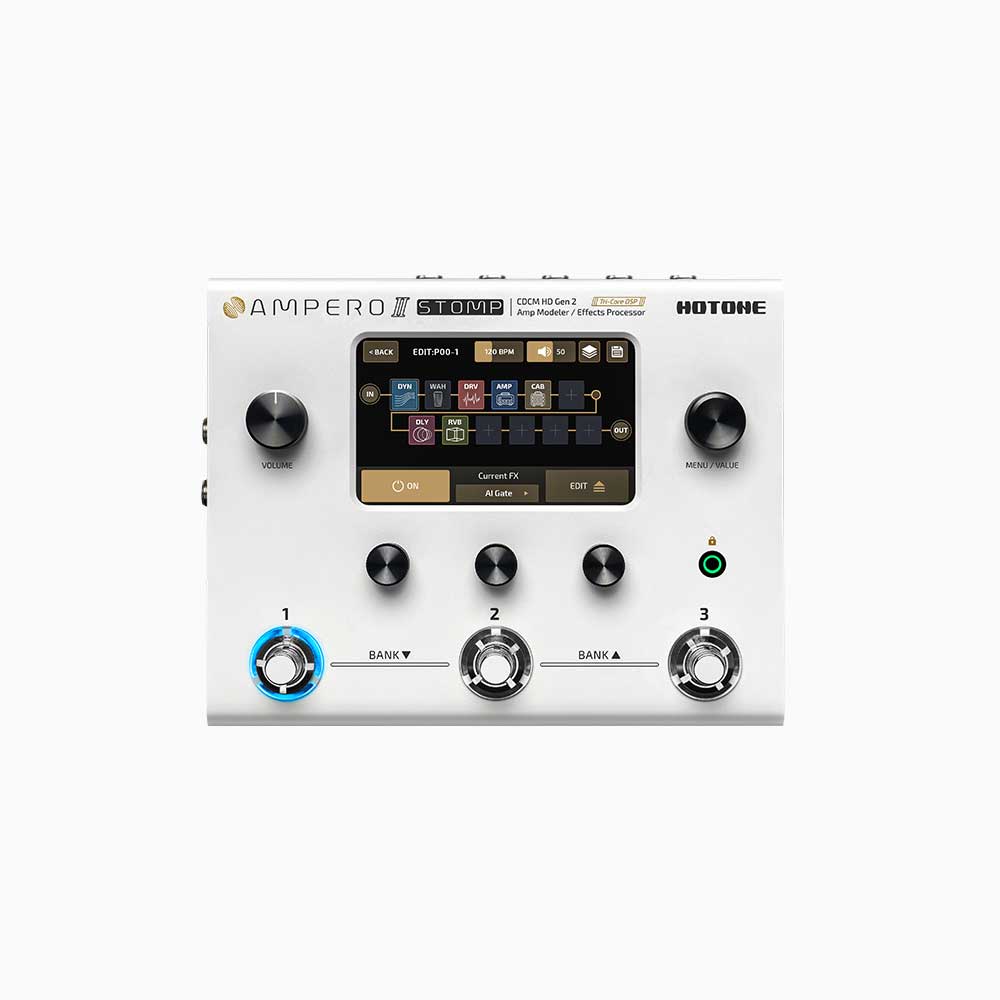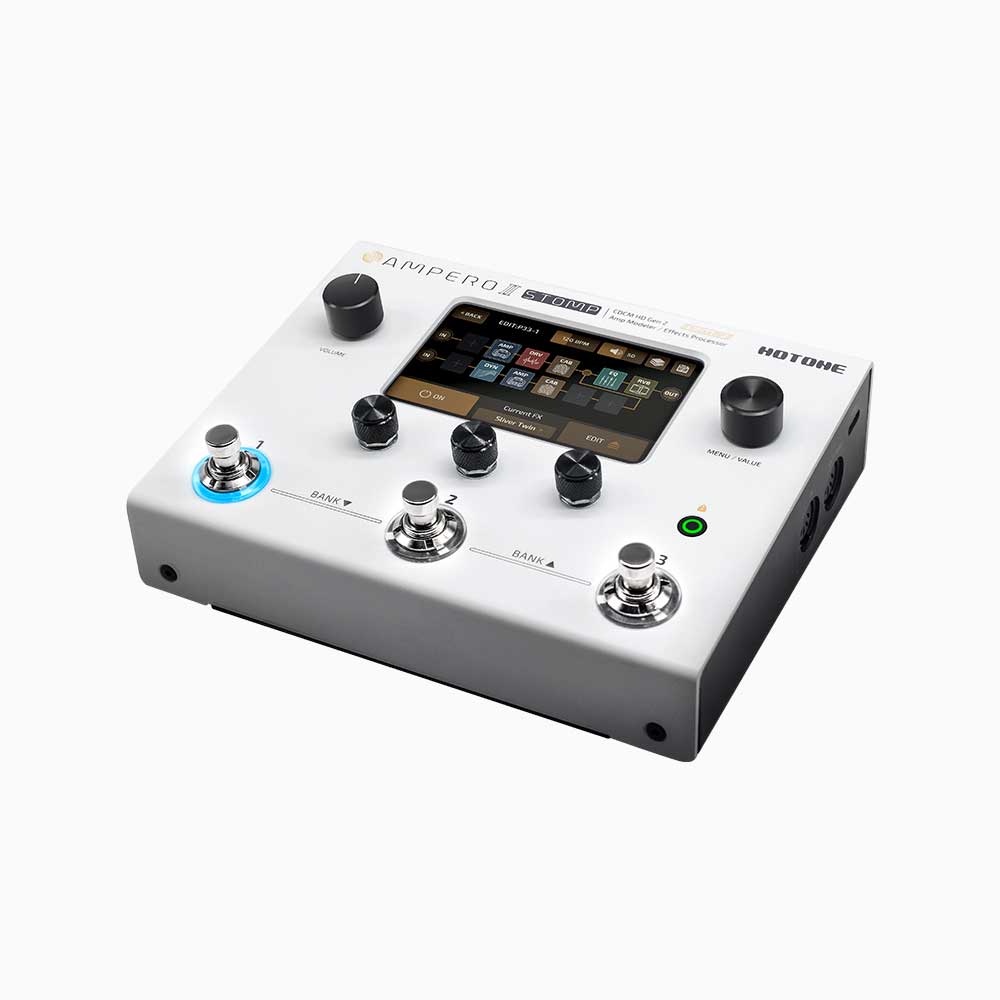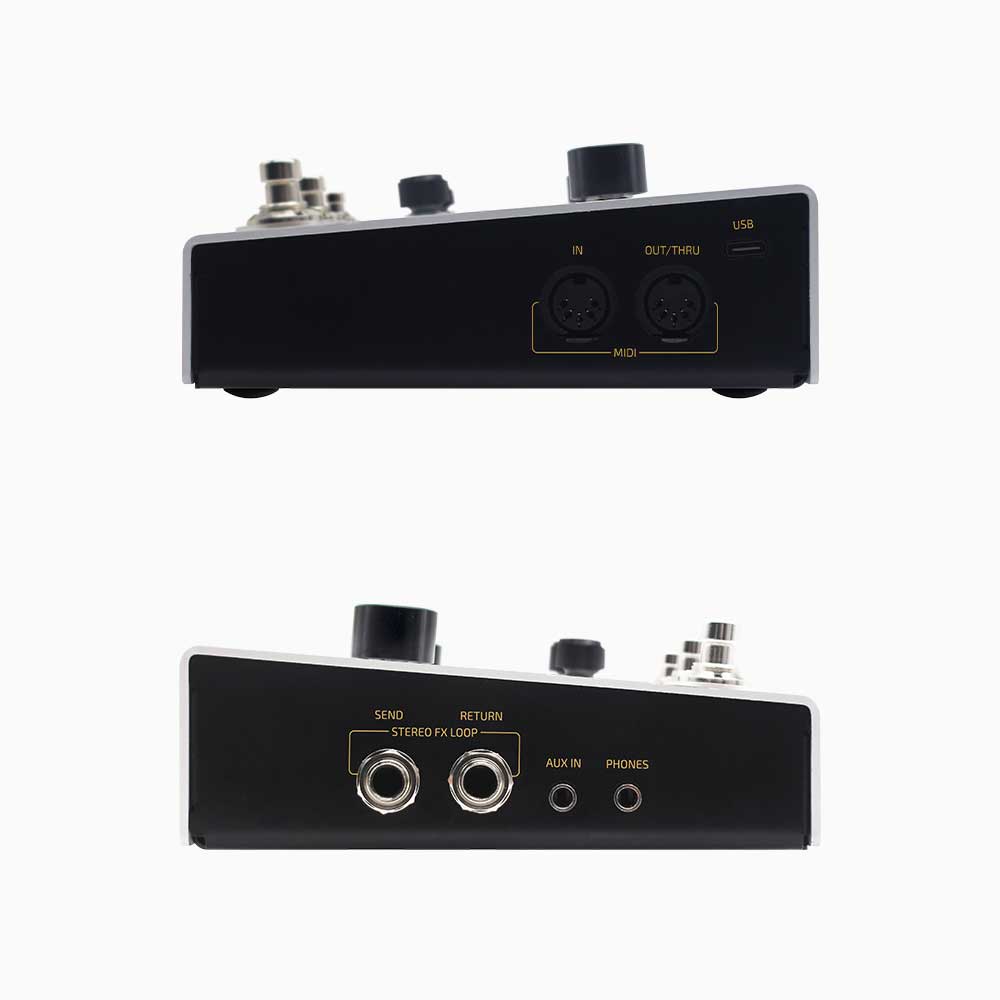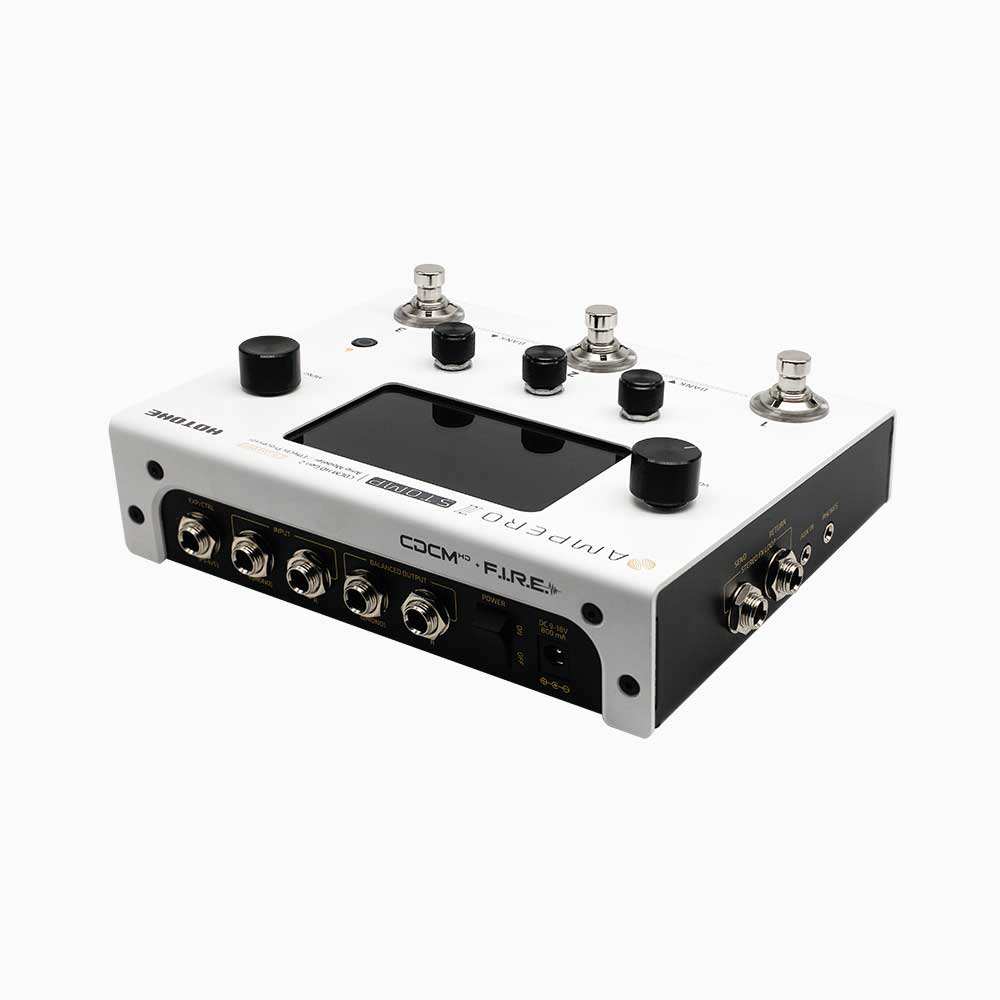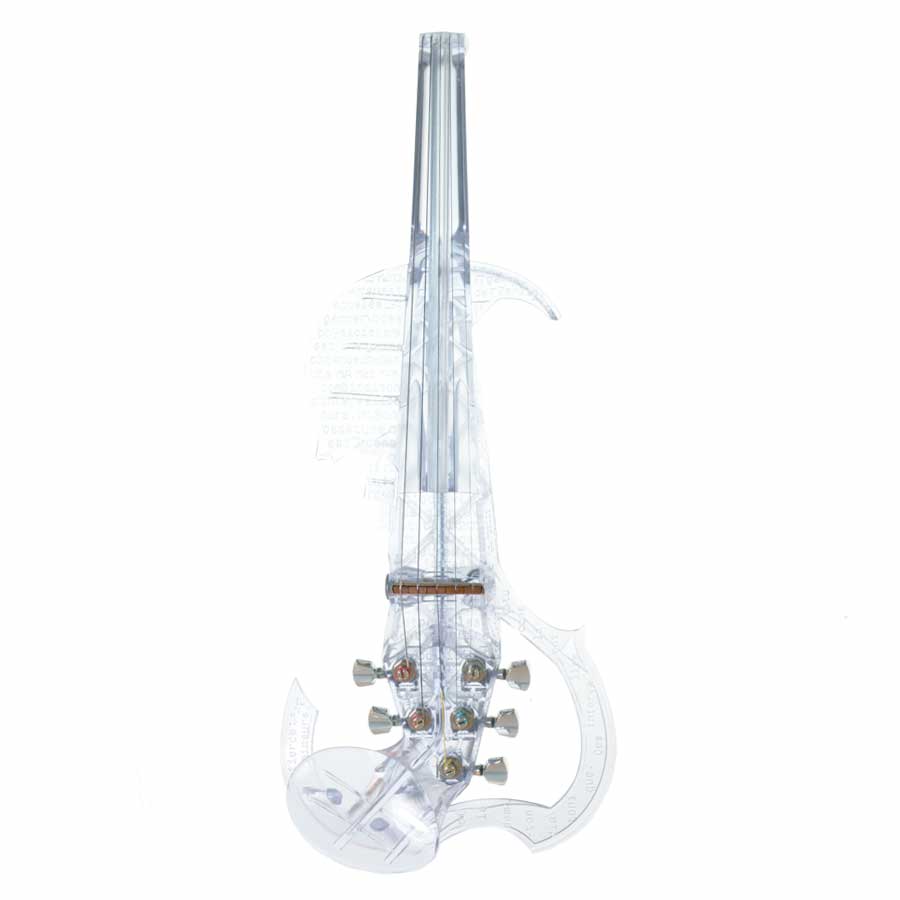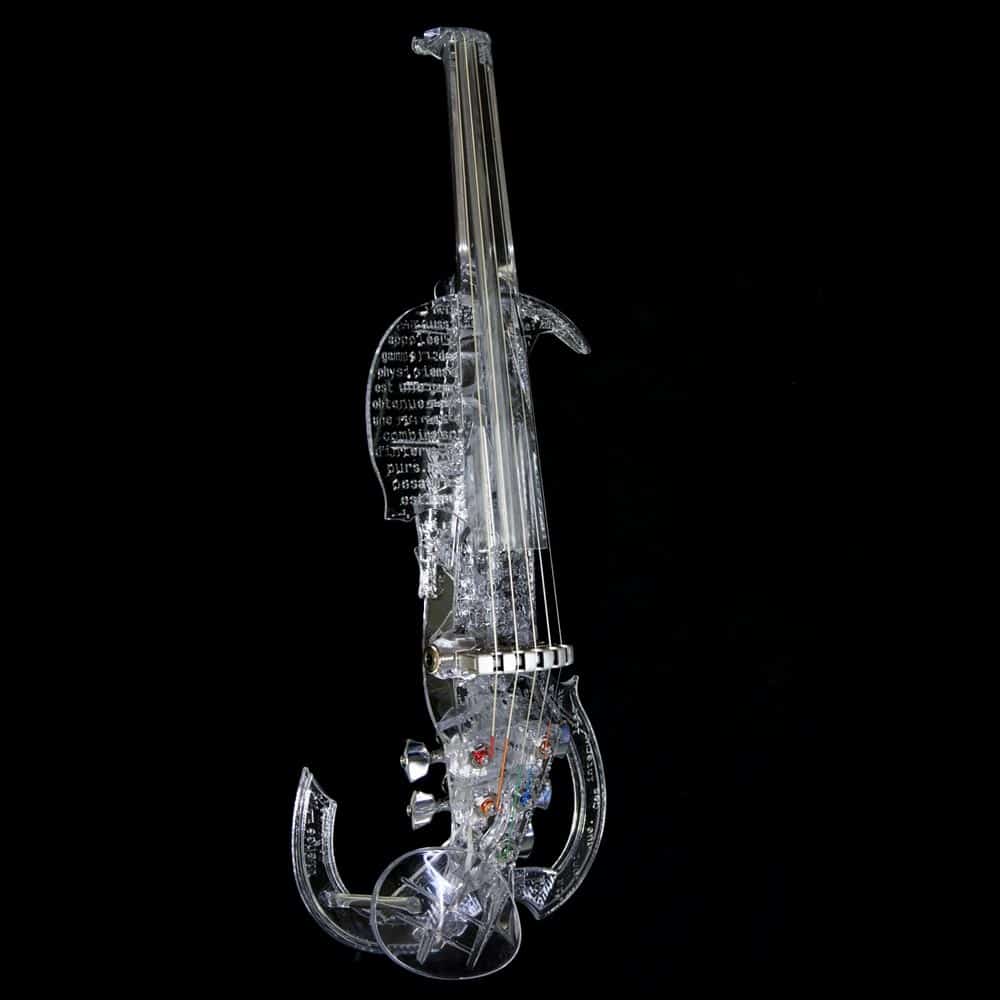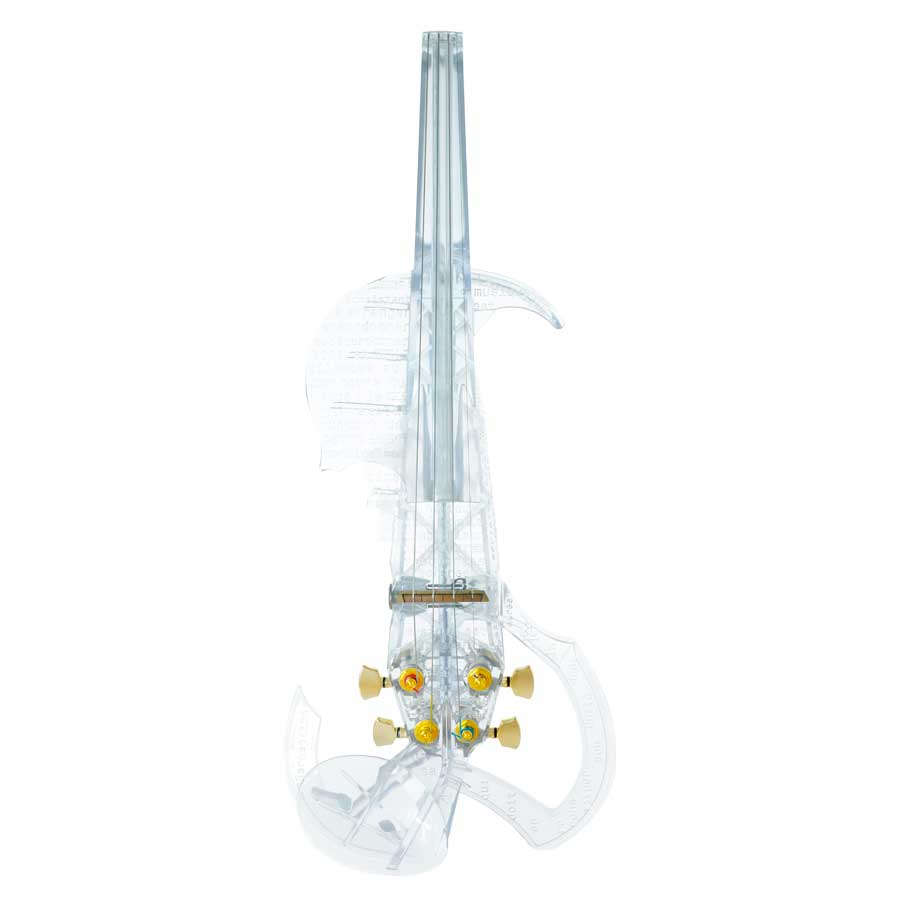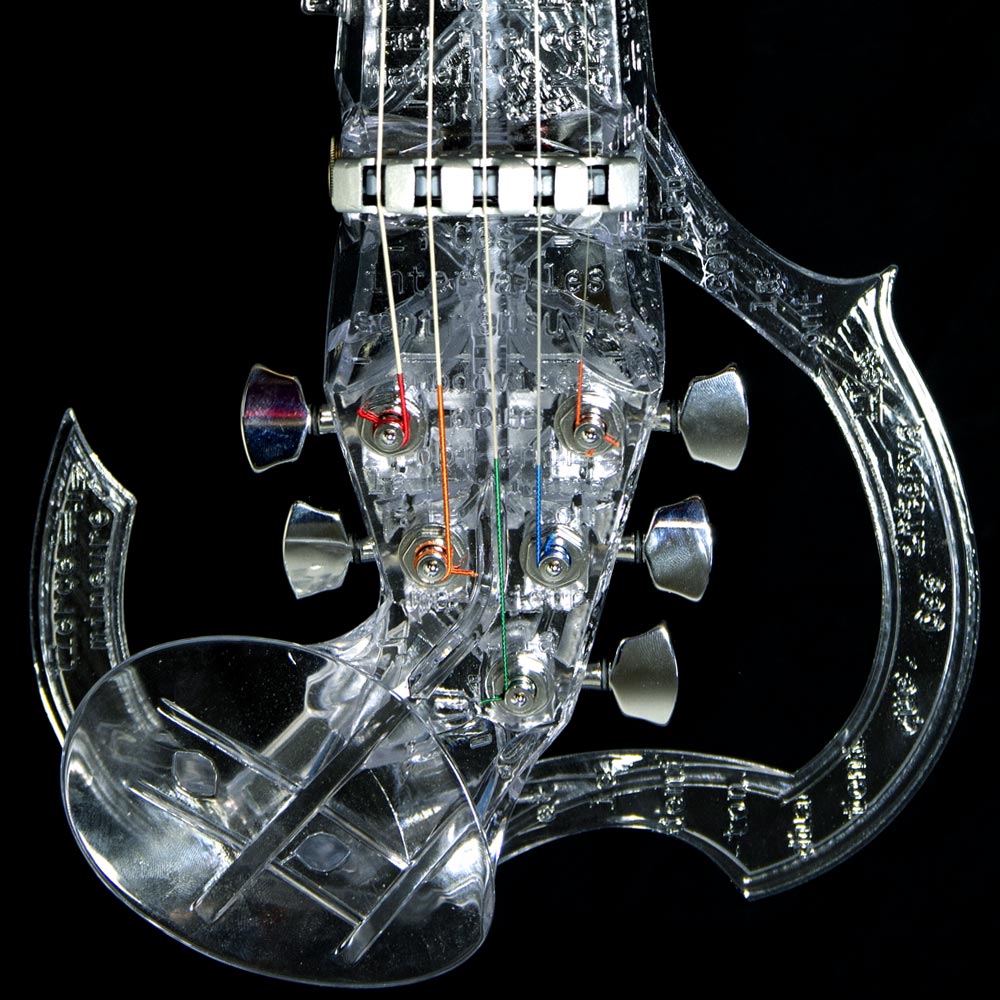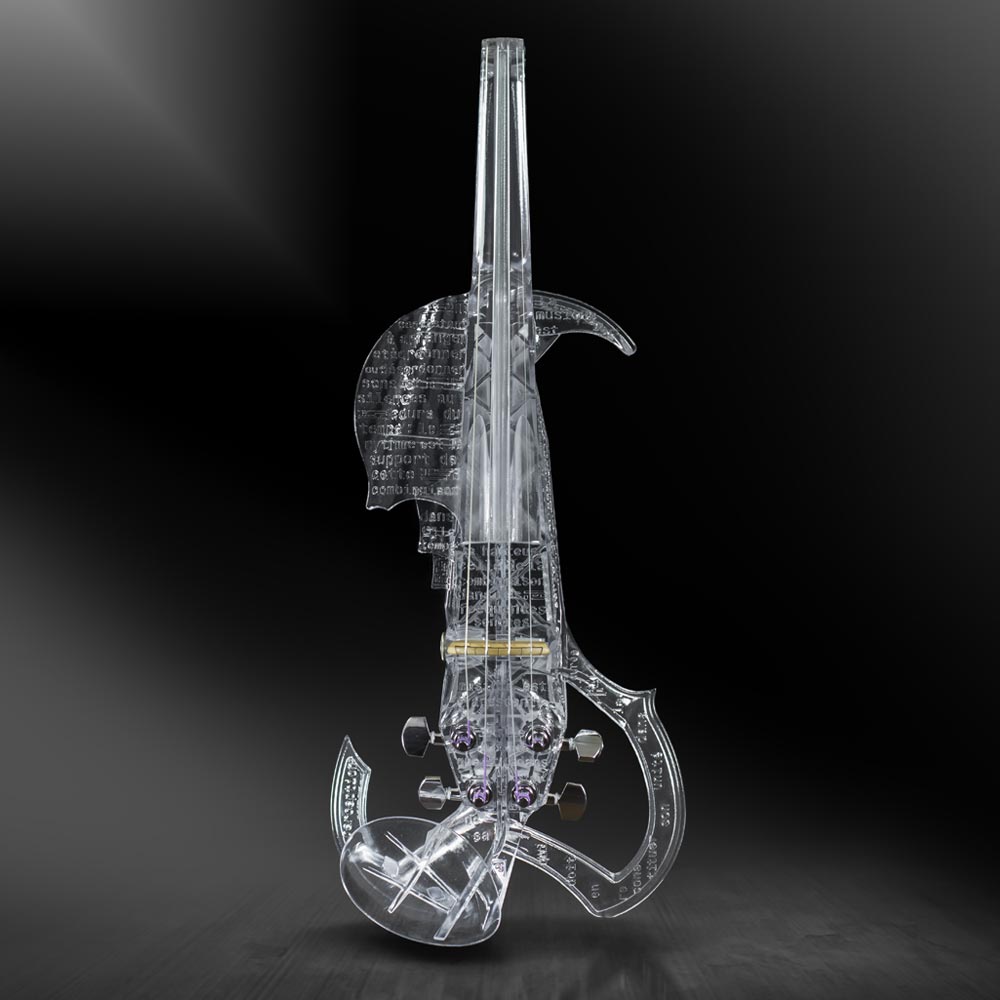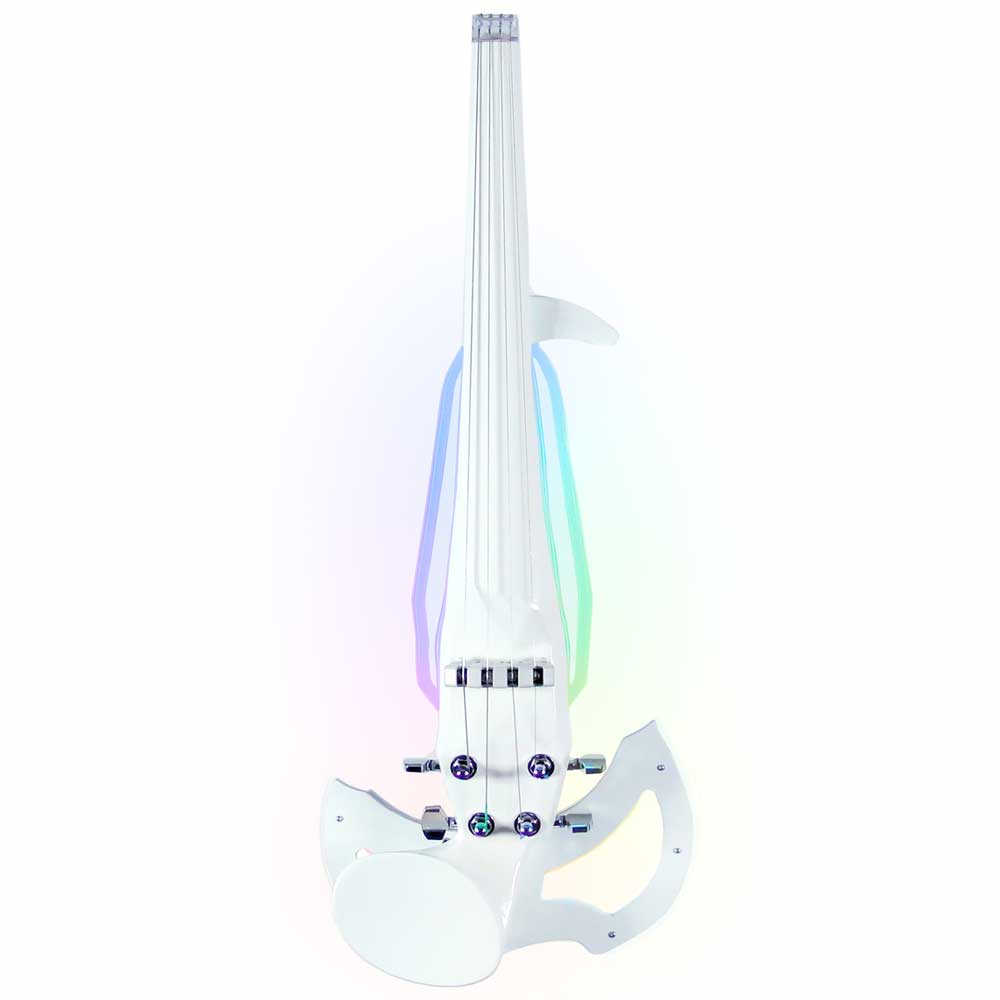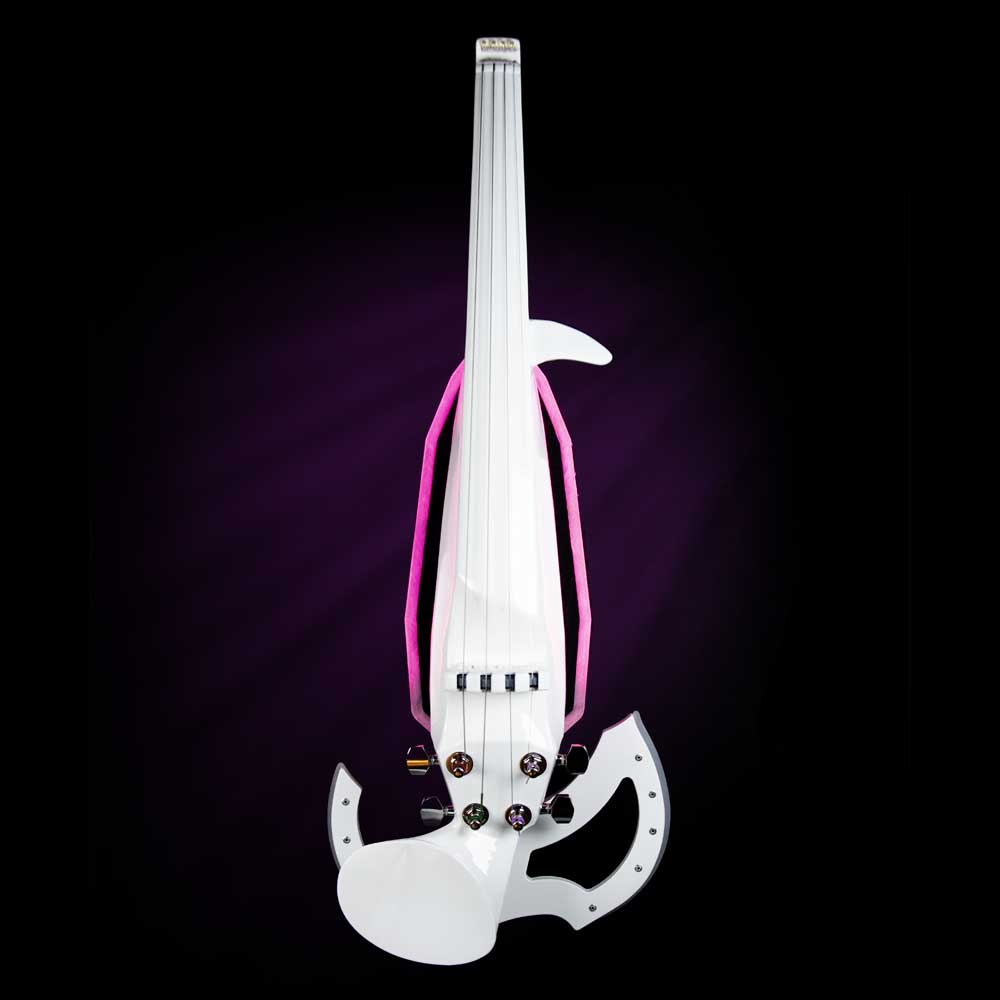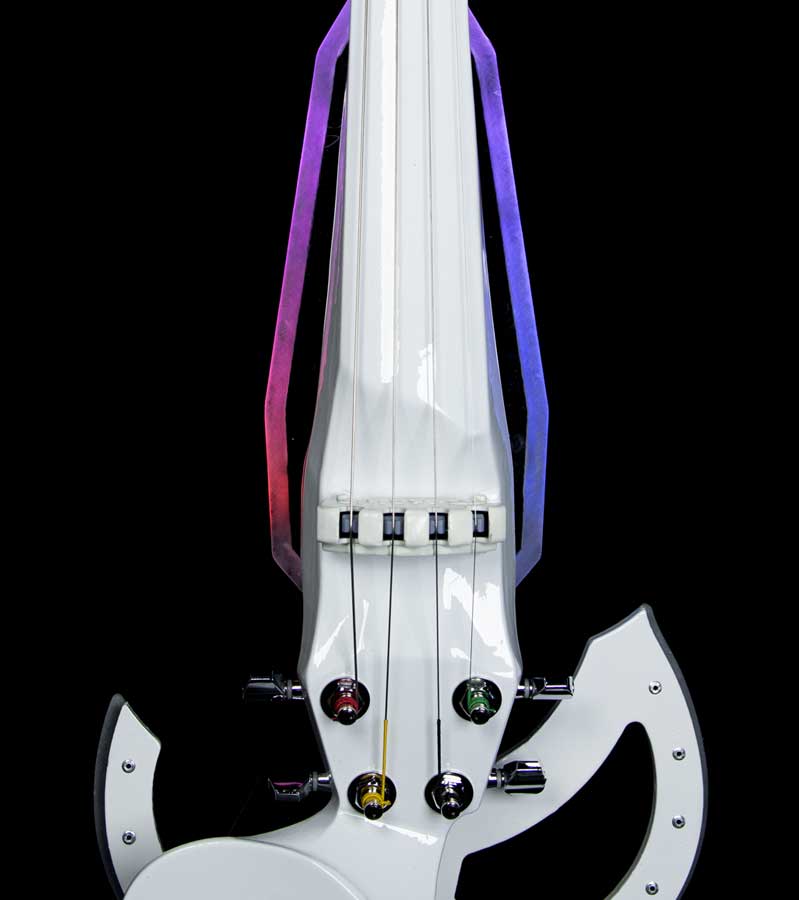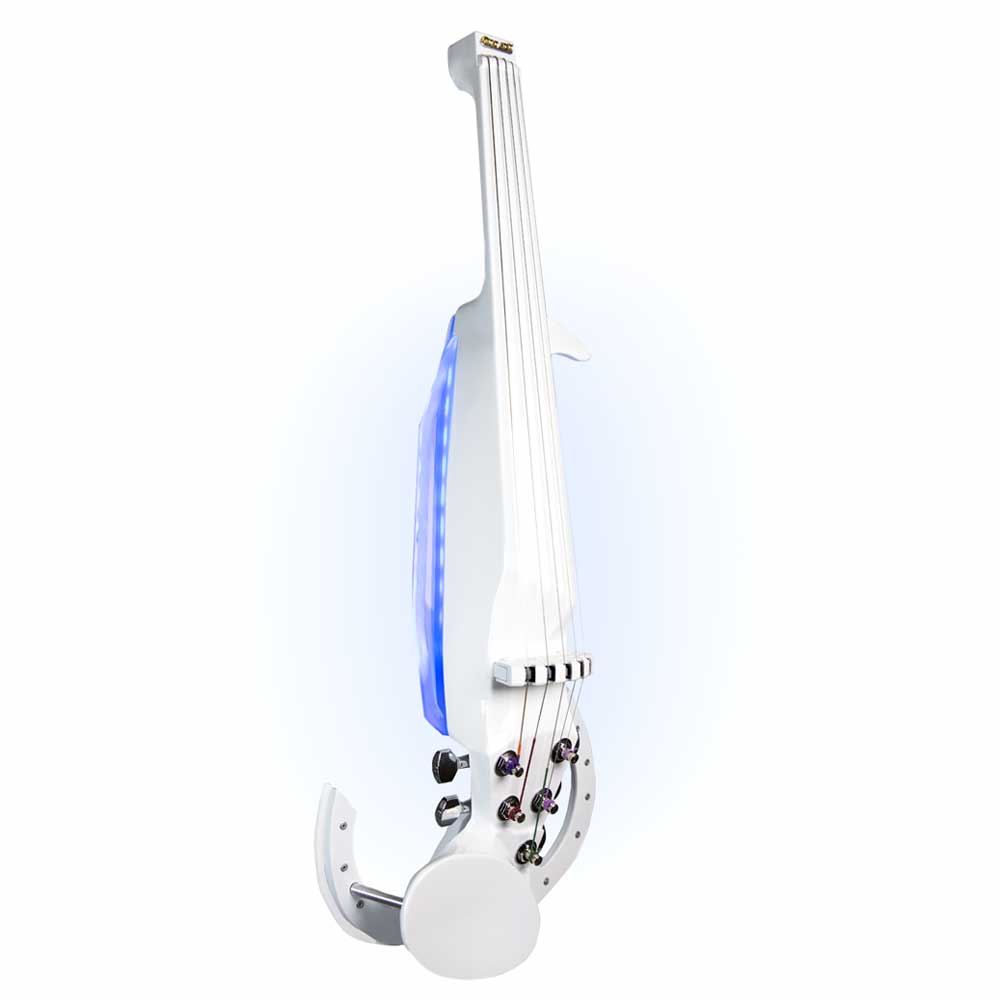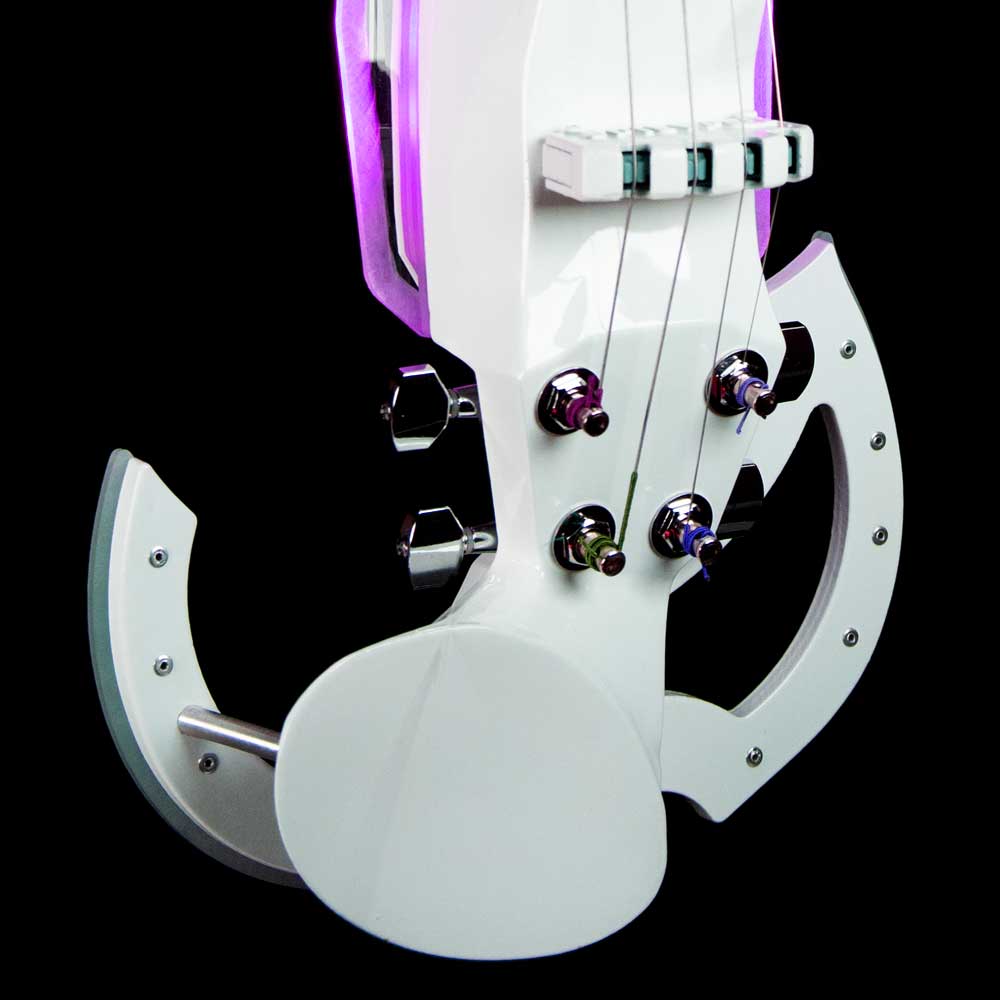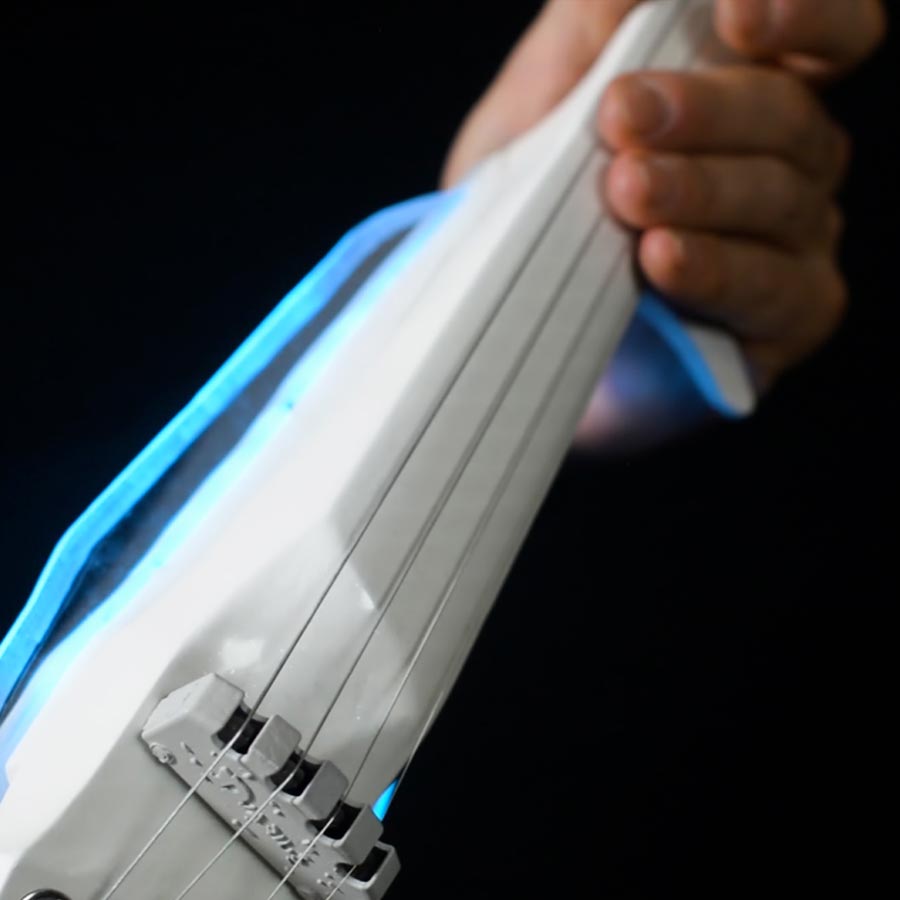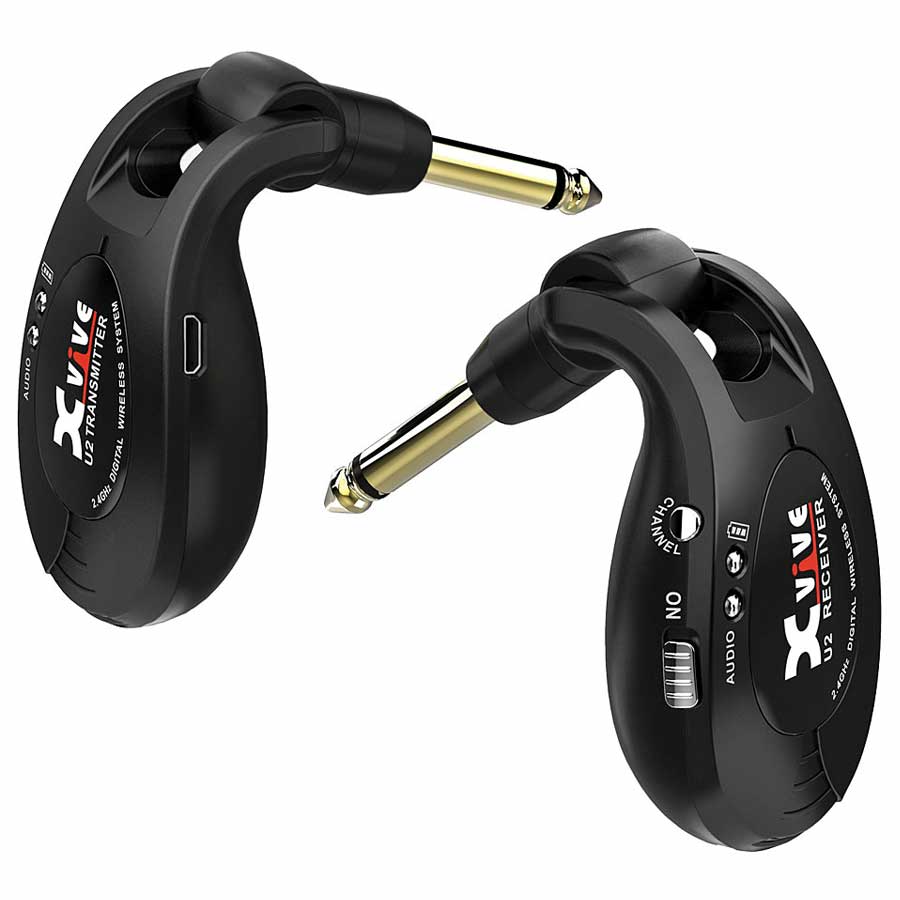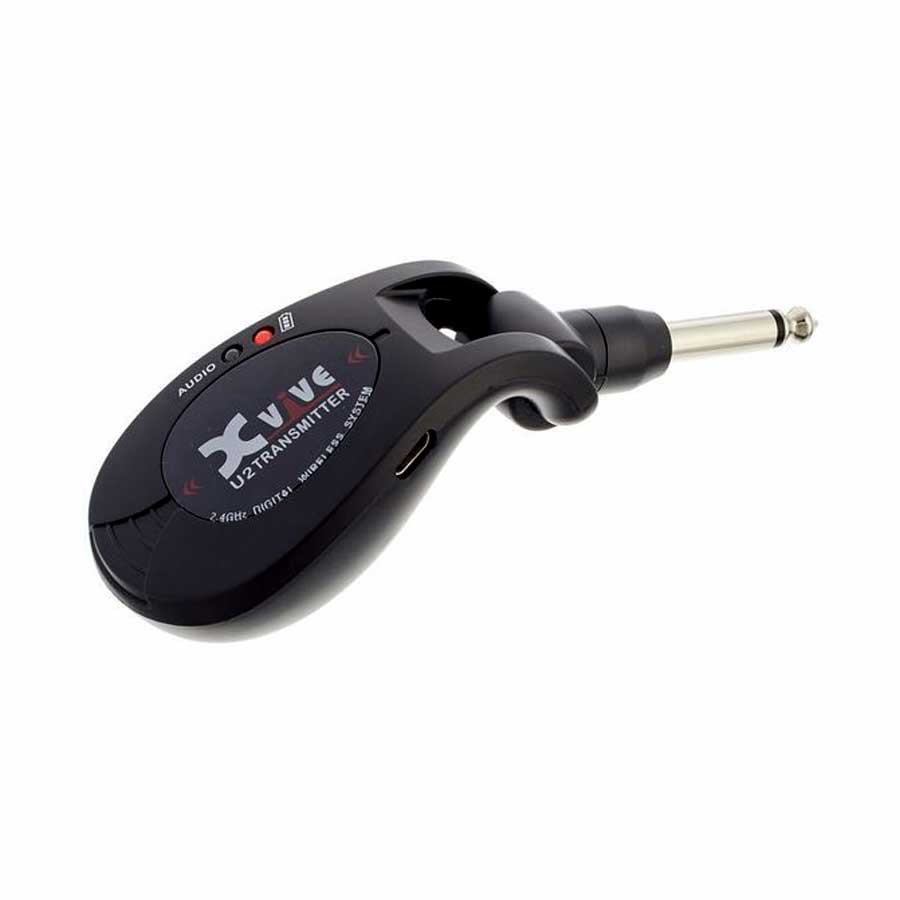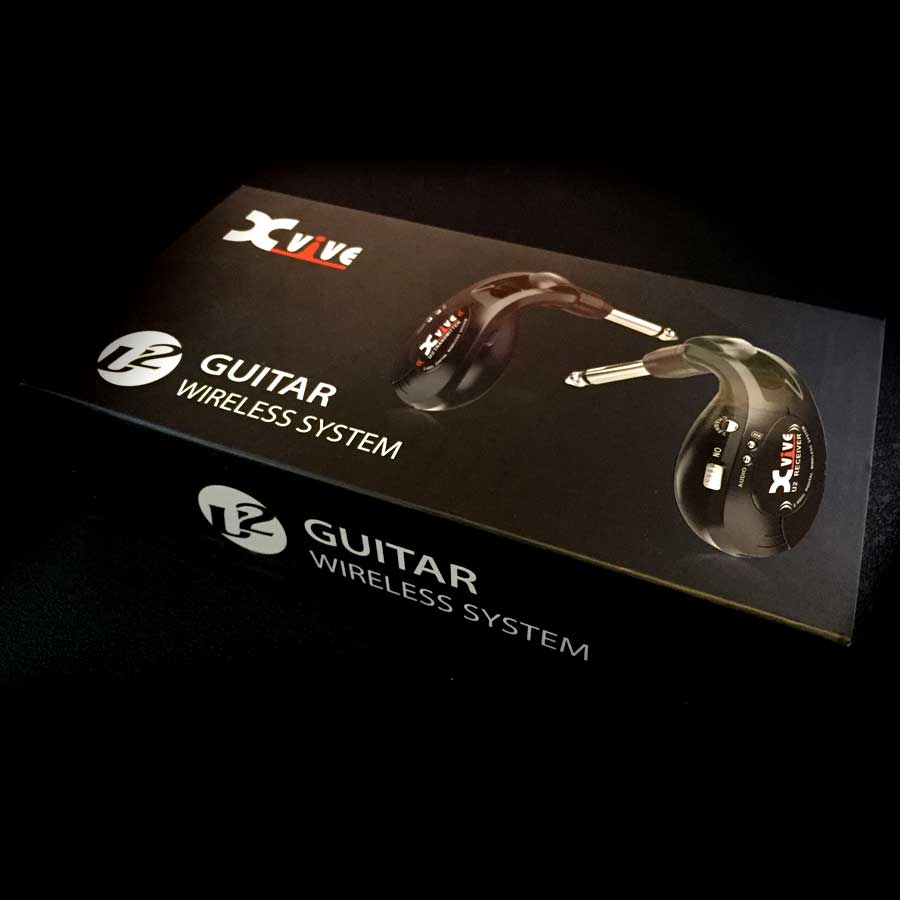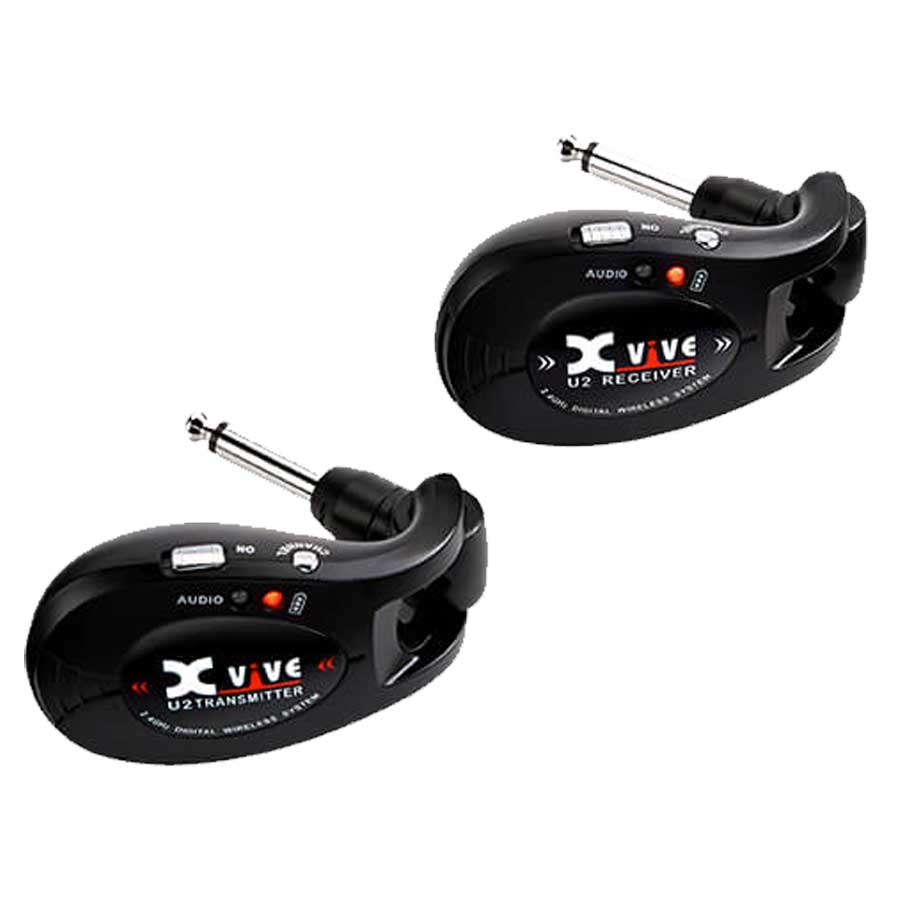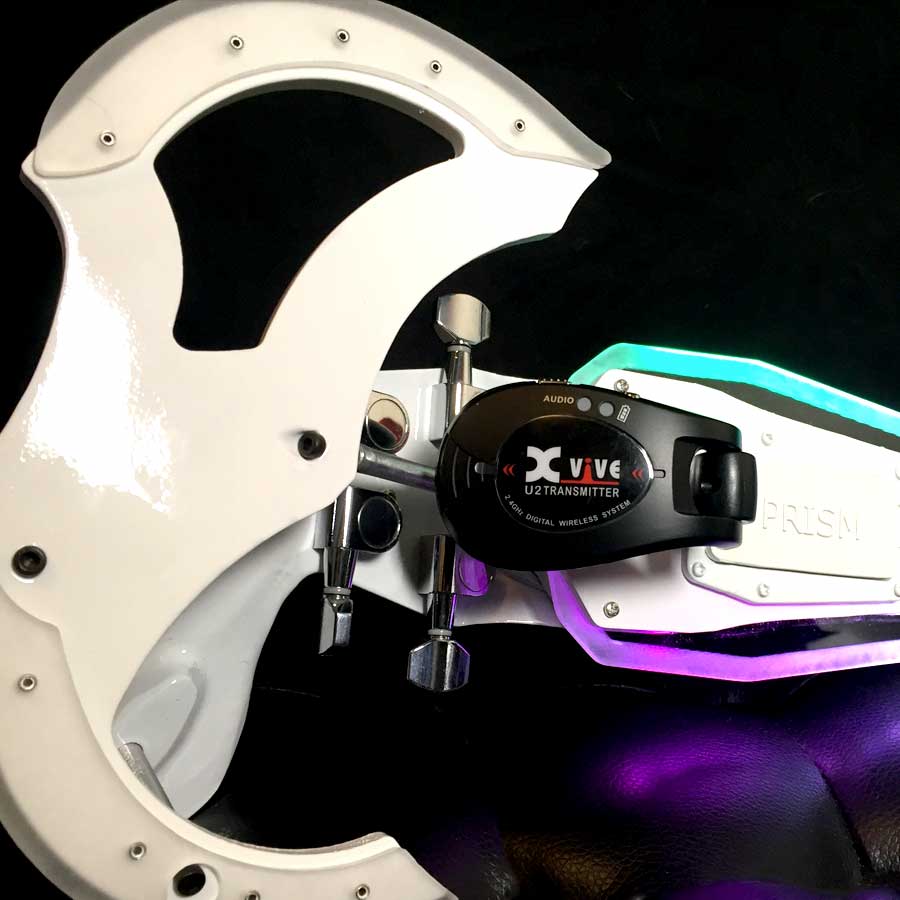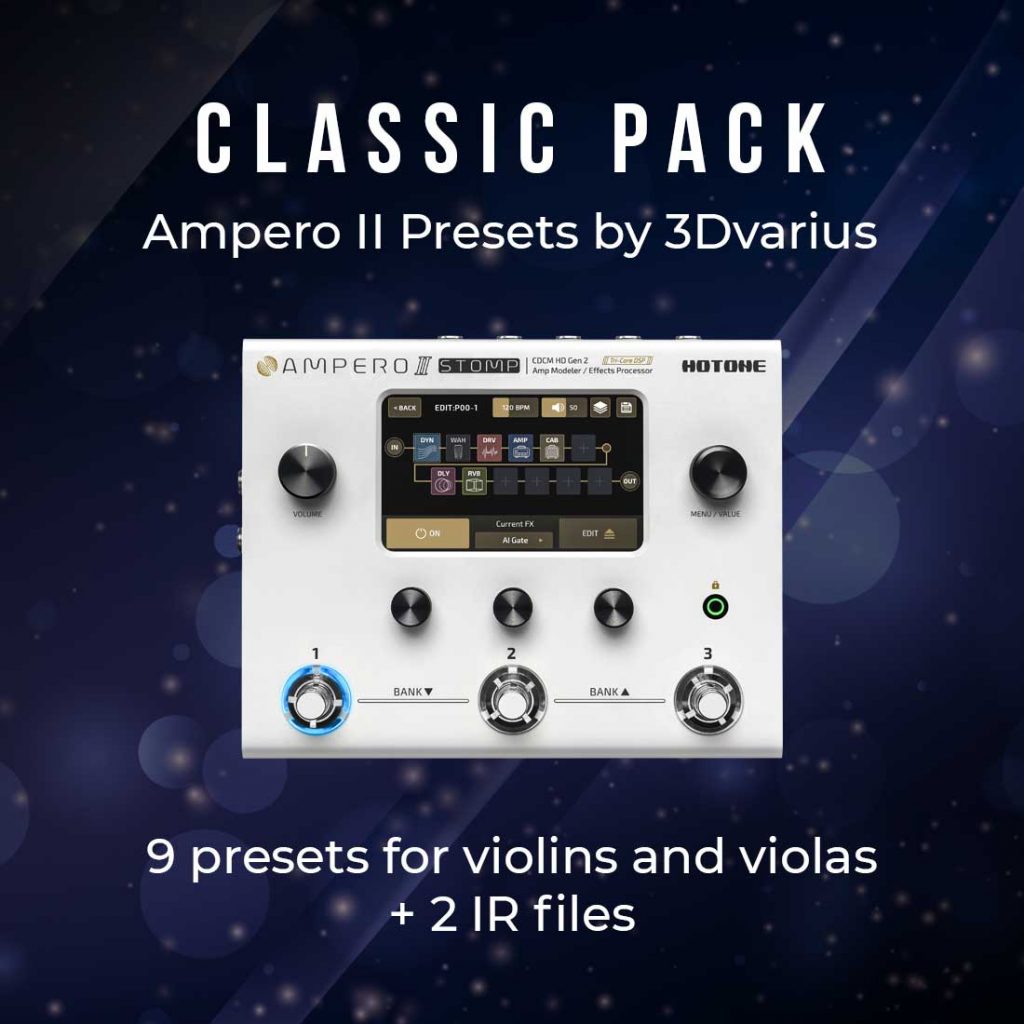The bow is as important as your violin. Without it, the violinist has nothing and cannot practice his art!
What does the rehairing of a bow consist of?
The rehairing of a bow consists in replacing a worn strand of horsehair that has become ineffective for playing a bowed string instrument. Regardless of the value of your bow, rehairing is an important part of keeping it in perfect condition.
A bow consists of different elements including:
- The bow stick which is the wooden or carbon part that holds the bow hair.
- The bow hair which is composed of horsehair and will rub the strings of the violin.
If the horsehair of your bow is worn out, it will have to be rehaired. This operation consists of removing the used hair and replacing it with a new one. It must be performed by a bow maker or a luthier. If you don’t know who you should contact, ask your violin teacher or a violinist living near you. They must have had to rehair their bow and will know which professional you should contact.
Why do I have to rehair my bow?
It is important to rehair your bow from time to time, since the quality of your bow hair has an influence on the sound that is generated. In fact, the wear and tear of the horsehair will affect the sound quality! If the horsehair of your bow is excessively worn, the quality of the sound will be affected!
In fact, the horsehair of a bow wears out over time, playing sessions and climatic conditions (oxidation). Like wood, horsehair changes depending on the weather conditions. They will lengthen or shorten depending on temperature and humidity. These multiple changes in the materials are likely to weaken them.
What are the risks when a bow is not rehaired?
If rehairing is not done, you risk damaging your bow or even your violin. Here’s what could happen:
- End up having a very poor sound quality
- Deforming the stick of your bow (permanent bending)
- Friction on the stick, which will weaken it
Of course, if your bow is not worth much, you may not have any problems with this. But if your bow costs a few thousand euros, it will inevitably have an impact on its price and future performance!
How often should a bow be rehaired?
The wear of the bow’s hair is very variable. Keep in mind that the hair always deteriorates: whether it is used regularly or kept in its case. Wear will depend on:
- the quality of the horsehair used on your bow hair
- the frequency with which you play
- the type of strings you use
- the type of playing you practice (the attack performed with the bow will be more or less accentuated depending on the musical repertoire being played)
- storage conditions (changes in temperature or humidity)
- the care you give to your bow and its hair
A professional violinist will have his/her bow rehaired every 4 to 6 months. If the violin is not your main profession, it is pointless to rehair your bow this often. As long as you don’t feel any particular difficulty when you use it, it’s still good! Rehair only when necessary.
How to recognize when the bow hair is worn?
After multiple playing sessions, the bow’s hair will deteriorate and break. In fact, breaking worn out horsehairs while playing is quite common.
Like strings, the hairs of your bow change over time. Keeping it locked in a case won’t protect it from the wear and tear! Horsehair oxidation is inevitable. Mites are also very fond of bow horsehair. They’ll snack on them and make them more brittle.
Here are some of the things that can help you identify a worn-out bow hair:
- The hair is blackened and looks greasy in some places. This dark shade is easily noticed. This is the result of a rosin and dirt accumulation that has adhered to the hair of the bow.
- The horsehairs all break one after the other. It’s because they’re already too worn out. Obviously, every time they will be used, they will break!
- You feel that you need to add an ever-increasing amount of rosin to make the hair stick to the strings. This means that as a result of rubbing on the strings, the horsehair has worn out and will no longer adhere.
- The hair is not tightening properly anymore, or it loosens during the playing session. It is pointless to insist; the hair is damaged. It must be replaced…
If any of these aspects are characteristic of your bow, it may be time to visit your bow maker.
Discover our article: how is make violin rosin? that you use with your bow and violin.
How to maintain and clean your bow?
The first rule to follow is to always loosen your bow after having played. You should never store it while leaving the hair tensed. Such an omission can damage the hair, which will stretch excessively and then break. Likewise, this can bend the bow stick and prevent you from practicing. A permanent bend in the bow is very difficult to repair, even by a professional…
The maintenance and cleaning of your bow will give your hair a longer life. It is advisable to dust the bow hair with a cloth after each use to remove any rosin residue.
Avoid touching the horsehair with your fingers! The perspiration of your hands acts as a glue that will fix rosin and dust residues, and create a black greasy mass. The bow stick must also be cleaned to remove any fingerprints.
There is no need to use any chemicals to clean your bow. Chemicals can alter the varnish of your bow and damage the hair. The use of a dry, soft and clean cloth is more than enough. Do not engage in any other type of maintenance unless you have previously consulted your luthier.
Images: Unsplash – @adigoldstein, @massimosartirana


